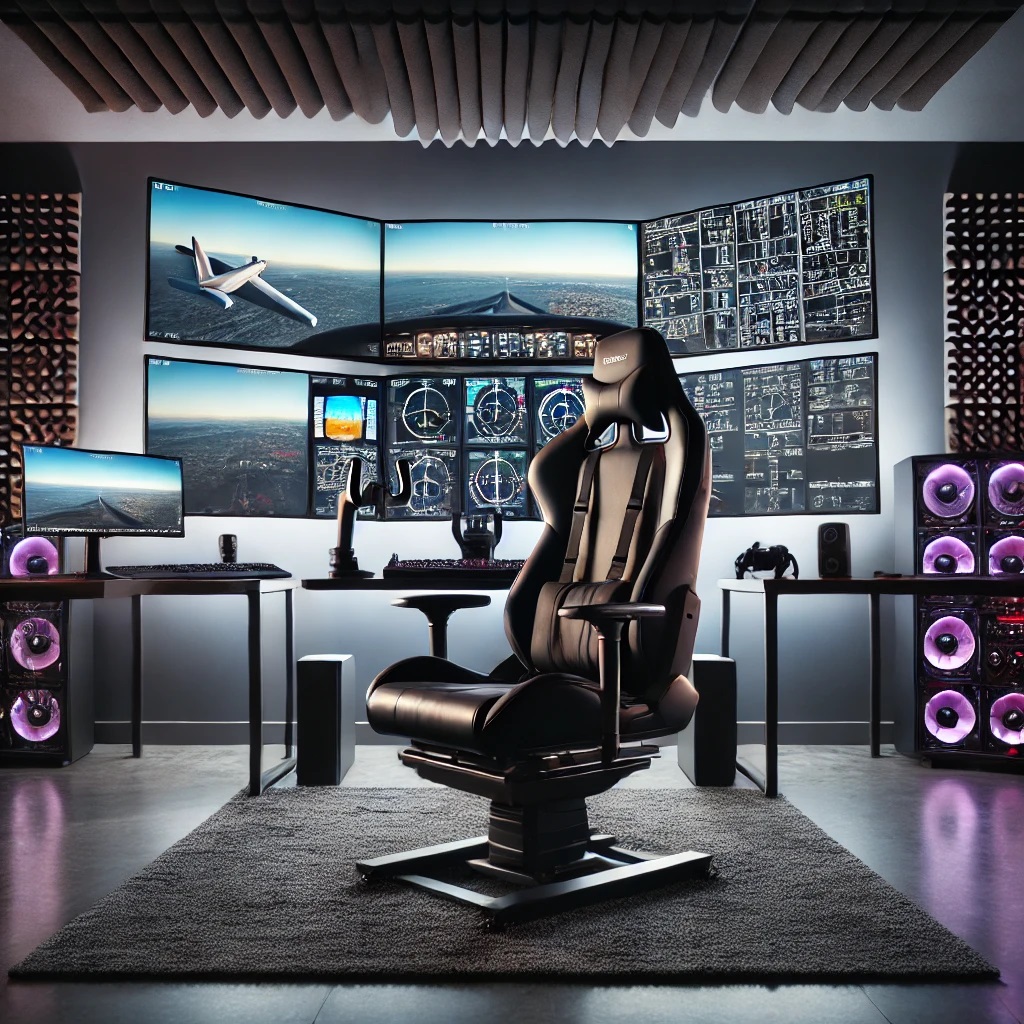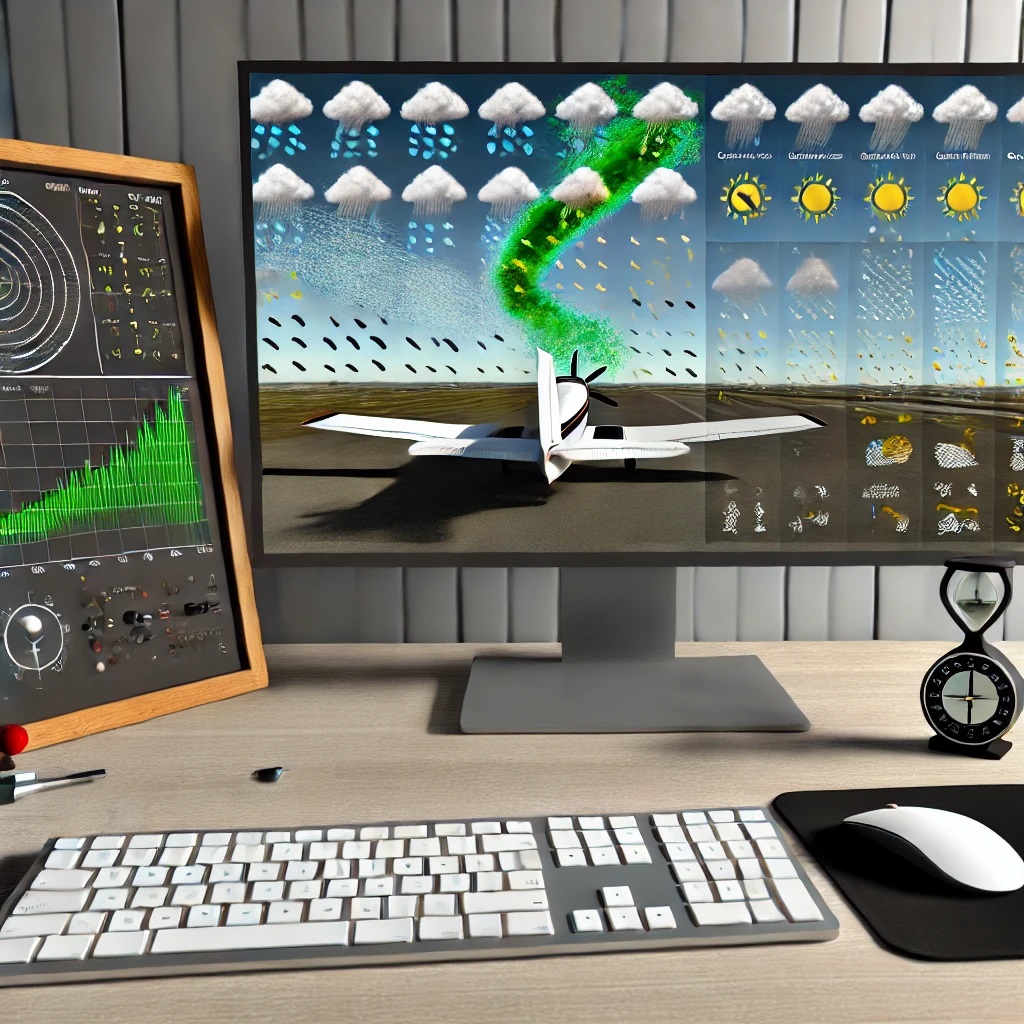Microsoft Flight Simulator Settings – Comprehensive Guide to Configuration for Optimal Performance:

Diving into Microsoft Flight Simulator’s settings is like sitting in the cockpit, facing a control panel full of dials, sliders, and options waiting to be fine-tuned. It’s more than just making a few tweaks—it’s about finding that perfect balance where visual beauty meets performance excellence. The right settings can transform a laggy experience into a smooth, breathtaking journey through virtual skies.
Start with the basics: display and control configurations. Microsoft Flight Simulator offers robust default settings tailored for a wide range of systems, but there’s room to make it truly yours. Tweaking these options is your key to experiencing the simulation just the way you want—whether that means maxed-out visuals for photo-realistic skies or a streamlined setup for high frame rates and responsiveness.
Graphics settings deserve a careful touch. From anti-aliasing, which sharpens your view of the horizon, to anisotropic filtering that keeps distant landscapes vivid, every slider can affect how deeply you connect with the virtual world. Adjust with intent, knowing what trade-offs matter most to you. For some, detailed clouds might matter more than dense shadows, while others crave buttery-smooth performance.
Tailoring your flight sim isn’t just about maximizing hardware. It’s about creating an experience that feels personal and immersive, aligning with the specific style of flying you prefer. Whether you’re a visual enthusiast chasing sunsets or a precision pilot seeking accuracy, Microsoft Flight Simulator’s settings give you the runway to take off exactly how you want.
For a comprehensive overview of how to adjust your settings, check out PC Gamer’s optimization tips for Microsoft Flight Simulator.
Graphics Quality: Immersion through Visuals:

When it comes to Microsoft Flight Simulator, getting that immersive experience often starts with the graphics settings. The idea is to find a sweet spot where realism meets performance. This isn’t about maxing out everything unless you’ve got a powerhouse PC. Instead, it’s about smart choices.
Remember, each graphics setting impacts performance differently. Anti-aliasing, for instance, smooths out those jagged edges, making everything look cleaner but can eat up a fair bit of power. Anisotropic filtering helps textures look good at a distance, adding to realism without being too greedy for resources.
Striking the right balance also means understanding your system’s capabilities. If you’re chasing high frame-rates, dialing back on settings like shadows might help. Adjusting these settings helps maintain visual quality while ensuring that your simulator runs smoothly.
Exploring different presets can be a good starting point. There’s usually a high, medium, and low setting that can help you quickly determine the level of detail your system can handle without dragging down performance.
Ultimately, optimizing graphics is about knowing what elements are most important to your experience—whether it’s detailed clouds and shadows or smooth, stable performance.
To understand how each graphical setting affects your performance, visit the Microsoft Flight Simulator forums on graphics settings for detailed insights.
Realistic Flight Experience: Sound and Feedback Tuning:

The realism in Microsoft Flight Simulator goes beyond what you see; what you hear plays a huge role too. Sound settings might seem secondary, but they’re crucial for a true-to-life experience. From the engine roar to ambient airport sounds, these settings immerse you in your virtual cockpit.
Tailoring the sound settings to fit your preference can make flights more engaging. Adjust engine volume to mimic what it feels like sitting in a real aircraft, or lower it if you prefer a quieter cockpit to focus more on ATC commands. You can tweak cockpit warning sounds too, which might help captains stay alert in high-pressure scenarios.
For those with advanced audio setups, delve into surround sound or spatial audio options. These add layers to your experience, offering directional cues that enhance situational awareness.
Flight feedback is just as important. Vibration settings and control feedback can be calibrated to mimic real flight controls, amplifying the sense of realism. Tactile feedback on controllers can reflect turbulence or landing bumps, making each maneuver feel distinct.
Tuning audio and feedback right isn’t just for fun—it’s about maximizing immersion and control. When these elements align perfectly, you’re not just simulating a flight; you’re living it.
Control Precision: Setting Up Your Input Devices:

Getting precise control in Microsoft Flight Simulator starts with using the right input devices. Whether it’s joysticks, yokes, pedals, or even a VR headset, each device can transform how you fly and engage with the simulator. Choosing the right hardware can significantly alter your flight experience, giving you more accuracy and realism.
When it comes to mapping controls, every pilot has their preferences. Default key bindings are a good starting point for beginners, but customizing them can make flying more intuitive. Adjusting mappings according to your comfort can help execute maneuvers without fumbling around for keys. It’s worth spending some time setting up profiles tailored to different aircrafts you fly often.
Fine-tuning control sensitivity is crucial. Calibration isn’t just about getting things to work; it’s about creating a smooth and responsive experience. Sensitivity settings can be adjusted to suit everything from the lightest touch to more forceful inputs, depending on your style or the type of aircraft. A well-calibrated setup ensures that every nudge of the joystick translates correctly, helping novices and experts alike nail that perfect landing.
Approach your setup as an ongoing process rather than a one-time task. Settings might need tweaking as you switch between different aircraft or if you notice changes due to software updates. Keeping a routine check and adjust practice can go a long way in maintaining the edge in your flight sim experience.
Weather and Environmental Simulator Settings:

In Microsoft Flight Simulator, the weather can make or break your flying adventure. It’s not just about aesthetics; weather impacts aerodynamics and adds realism to your flight plans. Understanding how to adjust these settings can enhance or simplify your experience, depending on what you’re looking for.
Dynamic weather options offer a choice between real-time conditions and pre-set scenarios. Real-time settings connect you to live weather, offering challenges like navigating through stormy skies or landing in dense fog, while pre-set options let you experience snow or clear skies at any desired time. This flexibility allows you to tailor your conditions for either training or sightseeing.
Lighting and time settings also play a key part in creating an authentic experience. Adjusting the time of day can be as important as weather in affecting your flight. A sunlit cockpit has an entirely different feel compared to a moonlit night flight. Manipulating these can help in practicing specific situations, whether it’s dawn takeoffs or sunset approaches.
Environmental effects like rain splatter and turbulence add layers to realism. They can be toggled to match your skill level or to reduce system demand if needed. These subtle effects contribute significantly to immersion, letting you almost feel the rain hitting the windshield or the aircraft shuddering in turbulence.
Mastering these settings doesn’t happen overnight. Experimenting with different combinations can lead to discovering setups that might become your favorite or serve particular training purposes, making your flying sessions not only fun but also fulfilling.
Networking and Multiplayer: Sharing the Skies:

Microsoft Flight Simulator isn’t just a solo journey—it offers a vibrant multiplayer environment where you can share the skies with others. Properly configuring your network and multiplayer settings can turn flying from a solo activity to a shared adventure.
Setting up a seamless multiplayer experience involves tweaking a few network settings. Ensuring a stable connection is the first step; a drop in connectivity can interrupt your flight or cause lag during interactions. Check your bandwidth and optimize your settings to reduce latency, which helps in making real-time communication and flying smoother.
Beyond the technical adjustments, multiplayer is about community. Joining global events or groups can enrich your experience. Participating in air shows or collaborative missions introduces a social aspect to your flights, fostering connections with fellow aviators.
Managing privacy settings is also vital. Decide how visible you want to be in the world—whether that’s flying under the radar (literally) or broadcasting your location to all. Tailoring these settings maintains your privacy while allowing interactions on your terms.
Engaging in multiplayer is as much about community and skill building as it is about configuration. Discover joint flights, learn from fellow pilots, and perhaps host your own events—enhancing your experience and everyone’s fun.
Conclusion:
As we’ve explored, configuring your Microsoft Flight Simulator settings properly is crucial for achieving the best possible experience. Whether you’re seeking a deeply immersive flight simulation or striving for higher frame rates, understanding and adjusting these settings can significantly enhance your overall gameplay.

This does look like something I would enjoy. My dad is a pilot, all our friends are pilots, and seems like I could learn from this and then not look so stupid when my dad asks me to fly. Do you think something like this would be beneficial for someone that would like to learn how to fly?
The better the performance, the better the experience.
I will need to upgrade my computer a bit to get the best experience out of a flight simulator. But I am glad I am reading which points require attention. There are several demands, and not all hardware can manage them. So, a huge thank you for setting me on track to get started with Microsoft Flight Simulator.
You are welcome. I believe the latest flight simulator version work best with gaming computers.
Wow its so crazy that my computer cannot play the latest games anymore. I was going to upgrade my graphics card to stay current, but my friend told me it cost half of what it would to upgrade to a new gaming computer. The great thing about this guide is if you can run Microsoft Flight Simulator at the best settings, you should be able to run just about any other game or program pretty well too! I cannot believe how intensive this simulator is, everything looks so realistic. I appreciate you making the article so thorough, looks like you covered everything!
Thanks for the feedback. Yes regular computer will not able to run the latest games. You have to either upgrade graphics card or buy a new computer.
This seems like something that is very tricky and complicated. I don’t like playing games that are too complicated. I like simple games. This type of games is more for my brothers. They love to play games that will make you think so I will be sure to share this article with them
The Flight Simulator settings in 2020 is more complicated than the previous version.
I loved to play flight simulators, but I always fend them so hard and also my computer wasn’t up to date for them.
Now however, I have an high end computer and I can play them.
Looking to the new game they have, the graphics, well, they look stunning! It is real lif, and I can just admire it!
I think I will buy it and play it right away! I guess you recommend playing it with added hardware, just instead of playing it with the keyboard, right?
You can play it with keyboard, however if you use joystick or other accessories that will make flying experience easier and better.